Pipe wall thickness calculation is a very important activity in the career of a piping engineer. You may need to calculate numerous pipe wall thicknesses for different design conditions.
The process plant piping system deals with the fluids that flow inside the pipe at high pressure and temperature. The high pressure inside the pipe leads to high circumferential pressure on the pipe wall.
Whereas the high temperature causes thermal expansion in the pipe, which exerts tremendous pressure on the pipe wall, at the same time, the high temperature reduces the stress-withstanding capacity of the pipe.
Hence, the effect of pressure and temperature can lead to bursting or damage to the pipe if the pipe wall thickness is not enough to withstand it.
The piping designers need to find out the required pipe thickness as per paragraph “304.1.2 (straight pipe under internal pressure) of ASME B31.3” to bare the inside pressure of the pipe or line.
In this article, we will learn the steps for pipe thickness calculation, the uses of extra thickness available in the pipe, and representation of different pipe thicknesses.
Table of Contents
Important Points to know for Pipe thickness Calculation
Before starting the pipe thickness calculation, we (the piping engineers) must know the following points:
- Any plants (mainly process plants) are mainly designed for 20 years or 7200 cycles. (Considering 1 cycle each day; the total number of cycles in 20 years = 20*360=7200 cycles).
- The corrosion allowance of the pipe material is decided by the process department.
- The material engineer decides the pipe material type per fluid nature and design conditions.
- Manufacturing type (seamless or welded) is decided upon the line size and the process requirements.
- You can get line size from the line list or P&ID.
- The pressure and temperature for the line are available in the line list.
- Pressure and temperature may differ from line to line.
- The flowing fluid could be corrosive and toxic in nature per the process requirement.
- Corrosion allowance for wrought steel pipe (CS, LAS & LTCS) is mostly taken 3 mm and zero mm for stainless steel pipes.
- Corrosion allowance is not fixed for all the cases, it may vary from line to line and from project to project.
- Mill tolerance for the seamless pipe is 12.50% and 0.3 mm +/- for the welded (ERW or EFW) pipe.
Abbreviations
CS – Carbon Steel
LAS – Low Alloy Steel
LTCS – Low-Temperature Carbon Steel
SMLS – Seamless
EFW – Electric Fusion Weld
ERW – Electric Resistance Weld
Input Required for Pipe Thickness Calculation
Following are the required input for pipe wall thickness calculation. We take the same example for thickness calculation-
- MOC (Material of Construction) of the pipe – Carbon Steel (A106 Gr. B)
- NPS (Nominal Pipe Size or Line Size) – 6”
- Manufacturing type of the pipe (SMLS, EFW, ERW) – Seamless (SMLS)
- Design Pressure – 1400 PSIG
- Design Temperature – 600° F
- Mechanical, corrosion, and erosion allowances of the pipe – 3 mm
- Mill Tolerance of the pipe – 12.50%
Formula for Pipe Wall Thickness Calculation
As per section 304.1.2 of ASME B 31.3, straight pipe thickness calculation under internal pressure is divided into two different conditions –
(a) If t < D/6

(b) If t ≥ D/6 or for P/SE > 0.385
This condition is rarely used. If the above condition ever comes then the calculation of internal design pressure thickness for straight pipe requires special consideration of factors such as the theory of failure,
effects of fatigue, and thermal stress.
Where,
t: Calculated pipe thickness in accordance with paragraph/section/clause 304.1.2 of ASME B31.3 for internal pressure
P: Internal Design Pressure
for our case study,
P = 1400 PSIG
D: Outside Diameter of the pipe
The equation for the pipe wall thickness is based upon the outside diameter of the pipe because the outside diameter of the pipe is constant. Whereas the inside diameter of the pipe varies per the pipe wall thickness.
We can get the outside diameter of pipe from the below standards-
- ASME B36.10M: for wrought steel (CS, LAS & LTCS) Pipes
- ASME B36.19M: for stainless steel pipes
So, let’s find out the outside diameter for our problem – Carbon Steel 6″ NPS.
Hence, need to find the value in ASME B36.10M (refer the below figure).
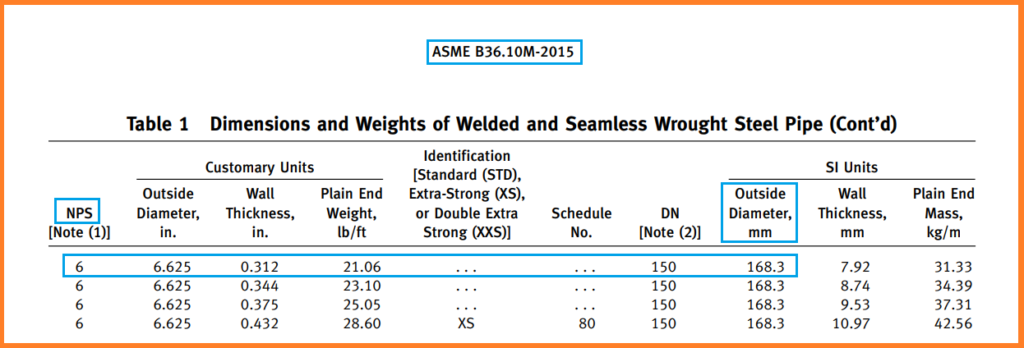
So, from fig. 3, D = 168.3 mm
S: Allowable Stress value of the Pipe Material (A 106-B) at Design Temperature (500° F)
We need to check allowable value for pipe material (A106 Gr. B) at design temperature (600° F)
Refer Table A-1 (or Table A-1M) of the ASME B31.3, for our case you can refer the below figure (i.e; Fig. 4).

For getting the value of the allowable stress. Move-in the horizontal (x) direction for design temperature and move-in vertical (y) direction for pipe material, and the match the both point to get the value (refer to Fig. 4). For our case, it is 17.9 ksi = 17900 psi.
If required, use interpolation to calculate the middle value. For example: at 625° F, the stress value will be between 17.3 and 17.9 ksi, i.e; 17.6 ksi, we can get this value by interpolation.
Important Note: the value of the allowable stress in Table A-1 is given in KSI, So we need to convert the value in PSI for ease of calculation.
E: Quality factor for longitudinal weld joints in the pipe
Quality Factors for seamless pipes are 1 for most of the cases and for welded pipes it will differ per the welding method and pipe material.
The Maximum value of quality factors is 1.00
The value of E (Longitudinal Weld Joint Quality Factor) can be found in Table A-1B of the ASME B31.3. The weld joint factor (E) is 1.00 for our problem case as pipe material is A106 seamless (Refer below Fig. 5).
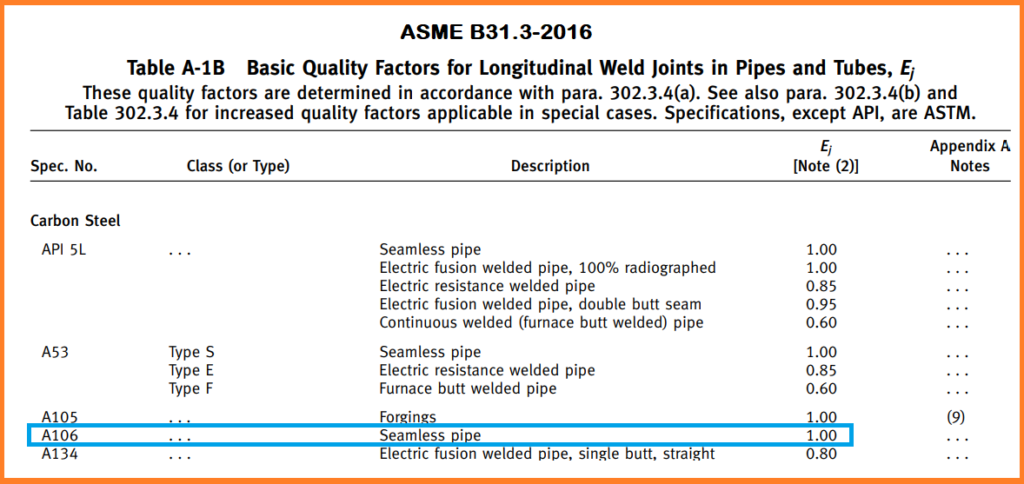
W: Weld Joint Strength Reduction Factor
As per para. 302.3.5 of ASME B31.3, The weld joint strength reduction factor (W) is the ratio of the nominal stress to cause the failure of a weld joint to that of the corresponding base material for an increased or elevated temperature condition of the same duration. It only applies at weld joints in longitudinal or spiral welded piping components.
The value of W (weld joint reduction factor) can be found from Table 302.3.5 of ASME B 31.3 (Refer to Fig. 6) and for our problem case, the value of W is 1.

Y: Values of Coefficient for t<D/6
The factor “Y” depends upon the temperature. At elevated temperatures, the Y (value of coefficient) increases, and it leads to a decrease in the calculated required pipe wall thickness.
Refer Table 304.1.1 of ASME B31.3 for getting the value of Y, It is Valid for t < D/6. For our case material A106 Gr. B, Y is given 0.4 in the below table (refer to Fig. 7).
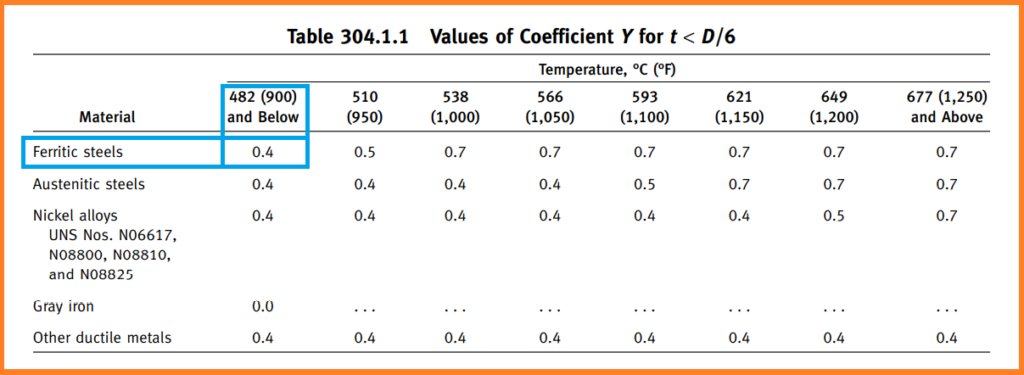
Steps For Pipe Thickness Calculation
Follow the below steps to get the required pipe thickness-
Step 1:
Put the above found values in the equation (3a) shown in Fig. 2
Therefore,
t = (1400*168.3)/{2(17900*1*1+1400*0.4)} = 235620/36920 = 6.38 mm
Hence, the calculated thickness (t)= 6.38 mm
Step 2:
Add the corrosion, mechanical and erosion allowance to the calculated thickness
tc = t + c = 6.38 + 3 (for our problem corrosion allowance is 3 mm)
tc = 9.38 mm
Step 3:
Now, Add the mill tolerance to the tc (thickness after adding corrosion value)
tm = tc + 12.50 % (mill tolerance for seamless pipe is 12.5 %)
=tc/0.875 = 9.38/0.875
tm = 10.72 mm (This is the minimum pipe thickness required to withstands for the given design pressure and temperature).
Step 4:
Now, check the next nearest thickness available in the ASME B36.10M considering the required thickness (tm). For our case, refer the below fig. 5).
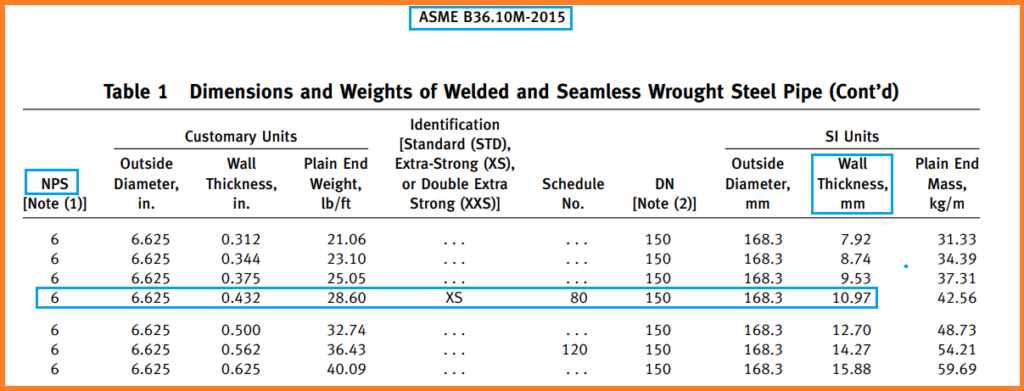
Therefore,
from Fig. 8, We can see the Ordering thickness is 10.97 mm or of Schedule 80.
Important Notes:
1. Ordering thickness for the seamless pipe is always the next greater value available from Schedule to schedule only
2. Whereas for welded pipe any next greater value will be the ordering thickness, for most of the cases it will be next even thickness like 16,18,20,24 mm.
3. Extra thickness available in the pipe can be calculated by ordering thickness minus required thickness = (10.97 – 10.72) = 0.25 mm.
Uses of the Extra Thickness
Following are the uses of extra thickness available in the pipe-
1. For calculating the Life of the pipe after 20 years or 7200 cycles.
We can get the extra life of the pipe with the help of extra thickness available in the pipe.
Extra life of the pipe = extra thickness/corrosion per year = 0.25/0.15 = 1.66 years.
2. To calculate the maximum pressure holding capacity of the pipe.
MAWP (Maximum Allowable working pressure) can be calculated using the reverse calculation from the equation (3a) fig. 2
P = [2(T-C)EW/{D-2(T-C)Y}]*S = [2(6.59)*1*1/{168.3 – 2*(6.59)0.4}*17900
where, T-C will be ordering thickness minus mill tolerance (12.5%) minus corrosion allowance (3 mm)
T-C = (10.97*.875)-3 = 6.59 mm
So,
P = (13.18/163.02)*17900 = 1447 PSIG (This will always be higher than the design pressure)
3. To check, if the extra thickness is sufficient to take care of thinning if the same pipe is used for manufacture bend.
To get the required thickness for manufacturing bend see the below formula-
Thickness required for bend = Required pipe thickness/0.9 = 10.72/0.9 = 11.91 mm
Here, we can see the thickness required for the bend is greater than the ordering thickness (11.91>10.97). It means we can not make the bend using the same pipe of thickness 10.97 schedules 80. We need to purchase a higher thickness pipe for the above design conditions for manufacturing bend.
4. It also minimizes the deflection in the pipe which causes the reduction of pipe supports.
5. To compare with the flange pressure holding capacity, to check if the pipe is stronger than the flange.
Representation of the Different Thicknesses Available in the Pipe
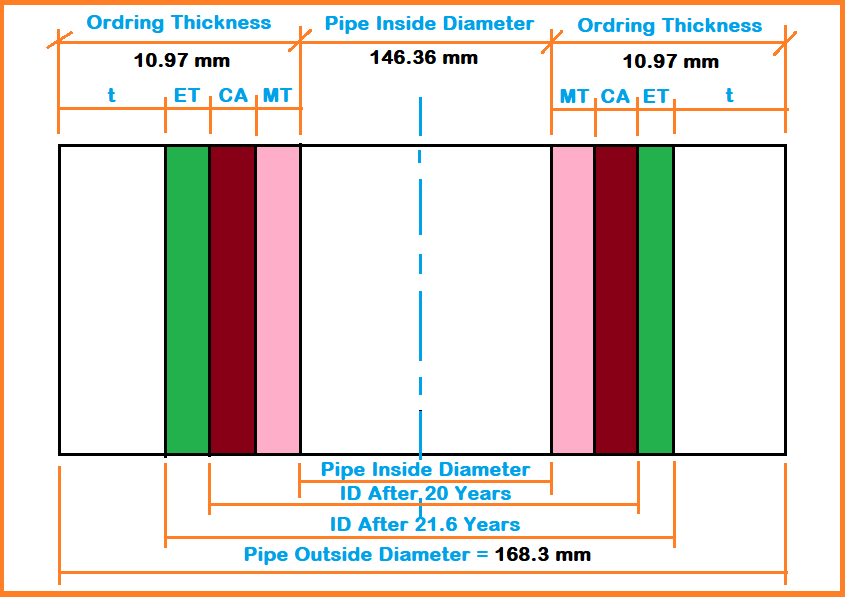
Where,
t = Calculated thickness = 6.38 mm
ET = Extra thickness = 0.25 mm
CA = Corrosion, mechanical, and erosion allowance = 3 mm
MT = Mill Tolerance = 1.34 mm
I hope You have got the overview of the pipe wall thickness calculation, You can practice for other cases following the mentioned steps for better understanding.
Few Important Posts
Pipe Rack Design and Calculations
Hydrotest Procedure for Piping system
Olets Fittings: A Complete Guide
Reference
ASME B31.3

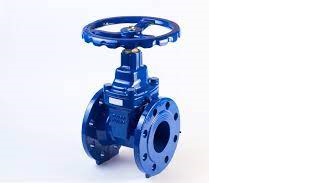
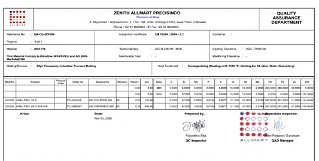

Send me hard copy.
Hi,
could you give me a example based on 302.2.4 of ASME B31.3 (for temporary condition wall thickness calculation)?
Table 326.1 (e.g., ASME B16.9, B16.11, and B16.28) state that pressure-temperature ratings are based on straight seamless pipe. Except as limited in the standard or elsewhere in this Code, such a component, made of a material having the same allowable stress as the pipe shall be rated using not more than 87.5% of the nominal
thickness of seamless pipe corresponding to the schedule, weight, or pressure class of the fitting, less all allowances applied to the pipe
Keep this going please, great job!
Thanks for this blog. Helped me a lot to calculate pipe thickness for Pharma Project. Can you share Allowable Stress Value of Pipe Material table for Stainless steel SS316L?
Keep doing good Job. i love to read your posts
Thanks, Sandeep
Please refer the Table A-1 of ASME B31.3 to get the allowable stress value.
Thank You Rehan. Found it.
Dear Rehan
Greetings
can you please share excel sheet for Internal.and External Pressure Calculations
24″ – Astm A 333 Gr 6 , 31mm ,Operating Pressure-65 bar , Temperature 34°C
24″ – API 5L X 65 , 11.9 mm ,Operating Pressure-65 bar , Temperature 34°C
Hi Rehan,
Do you know equivalent European Standard to ASME B31.3?
Hello Sandeep,
It is EN13480
thank you Rehan,
frp piep wate calculation ples sar
frp piep wate calculation ples sar
Hello, Thank you very much for your very useful and practical article on calculating the thickness of pipe under internal pressure.
Please prepare an article in the same way for Straight Nonmetallic Pipe Under Internal Pressure. pipes such as Thermoplastic pipes, RTR {Laminated) Pipe and RTR {Filament Wound) and RPM (Centrifugally Cast) Pipes.
Sure, I will write soon on non-metallic pipe thickness calculation.
Thank you!